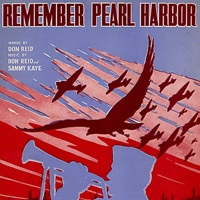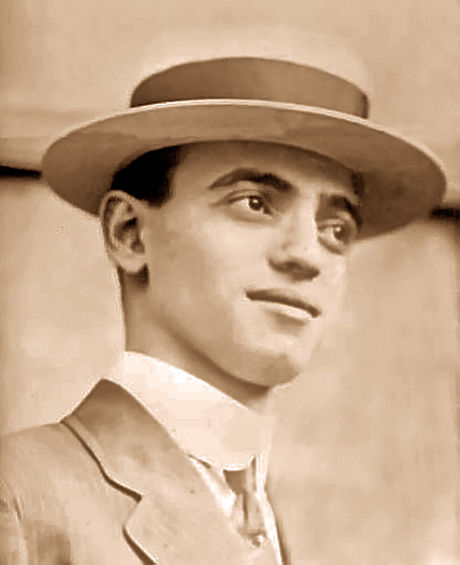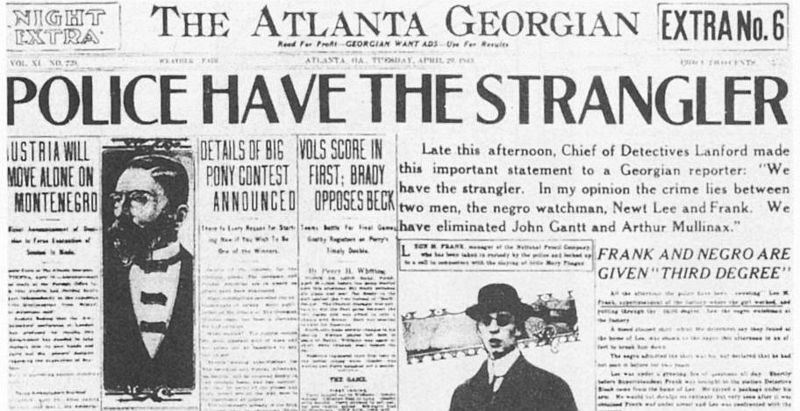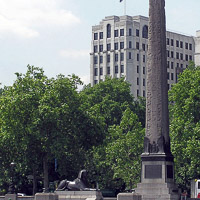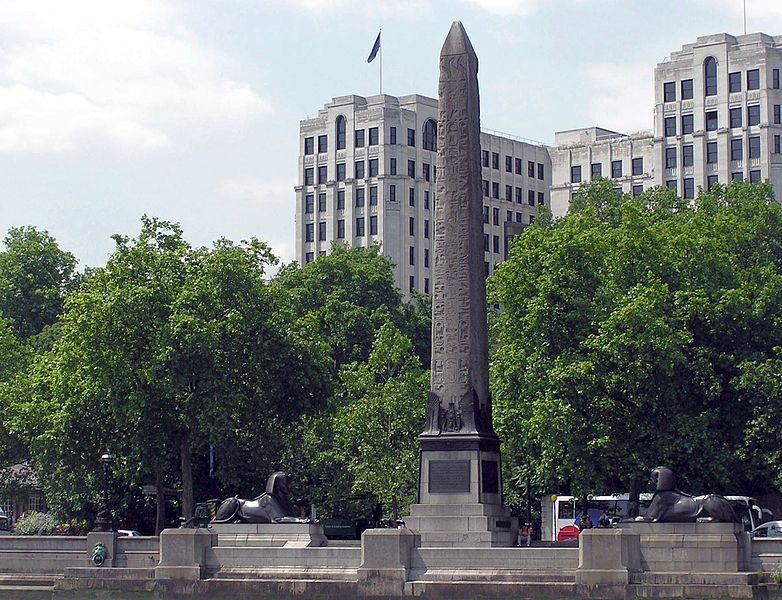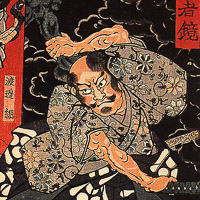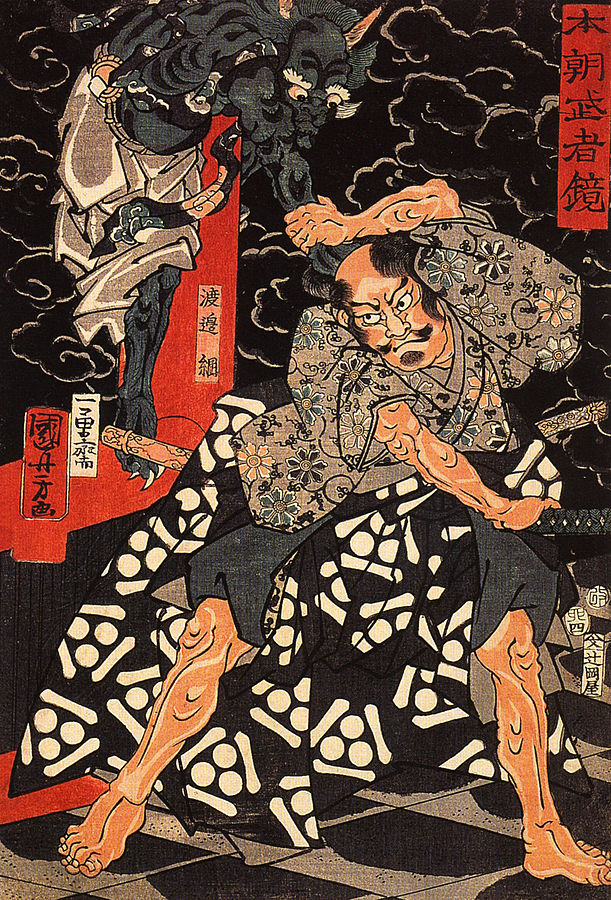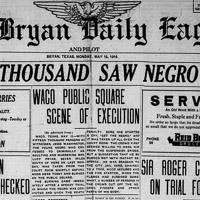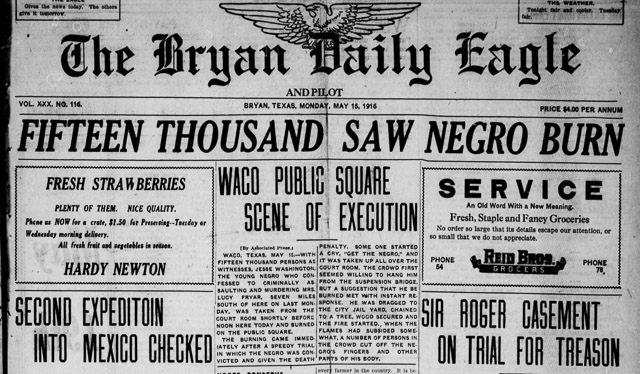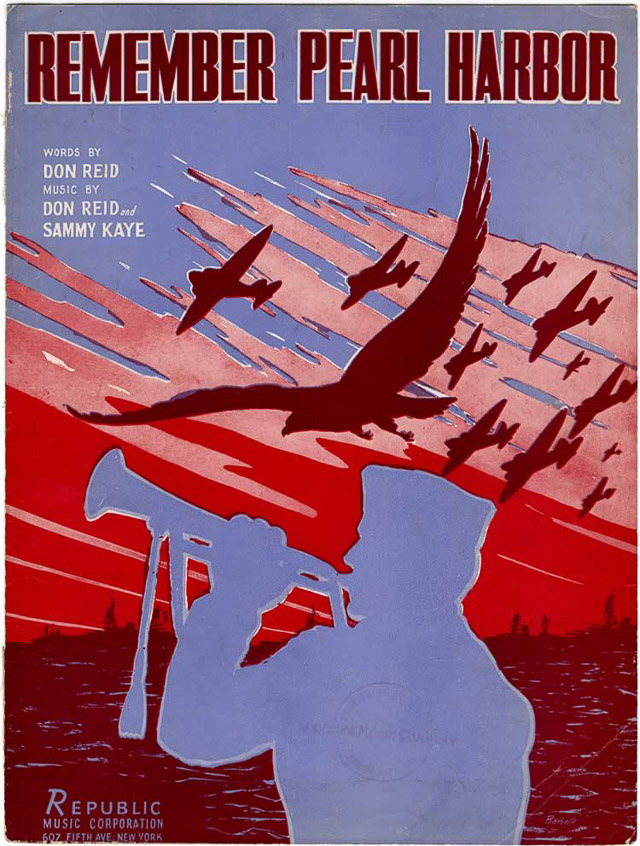 My Social Studies Methods class at the University of Portland recently published a free multi-touch iBook – Exploring History: Vol III (free iTunes). It features thirteen engaging questions and historic documents that empower students to be the historian in the classroom. For more info on our project and free download of multi-touch iBook and pdf versions click here. To better publicize student work, I’m featuring each chapter in it’s own blog post. (Seventh of 13)
My Social Studies Methods class at the University of Portland recently published a free multi-touch iBook – Exploring History: Vol III (free iTunes). It features thirteen engaging questions and historic documents that empower students to be the historian in the classroom. For more info on our project and free download of multi-touch iBook and pdf versions click here. To better publicize student work, I’m featuring each chapter in it’s own blog post. (Seventh of 13)
A date of Infamy by Mollie Carter
Download lesson as 1.4MB pdf
It’s Dec 10, 1941 you are listening to the radio and hear a song about Pearl Harbor.
Imagine that you were in Hawaii at the time of the attack. Hawaii is not yet a state but America is dazzled by its island beauty; you might even think of it as part of America, your home.
Now picture that you are seeing these images in person, maybe you even saw and heard the planes flying overhead as the attack commenced.
What about the images sticks out to you that might leave a lasting impression? What are you feeling as you see the smoke billowing over the battleships? As the bomb explodes when it hits the ship? You know there is a war going on in Europe and in Asia, but now it’s come to you. What might your thoughts be about the people who attacked you? What ideas or values lead you to these thoughts?
Reflection by Mollie Carter
I have rather enjoyed creating this lesson. The idea was something I became interested in while in college and have not had the space to develop since then. When this project was introduced to me I knew immediately what I would do.
It became more interesting, unfortunately, in the middle of November as Paris was attacked and hateful rhetoric began to come from the republican presidential candidates. It reminded me of some of the rhetoric after the attacks on the twin towers, which as a 12 year old then I clearly remember. As I started my venture into teaching, I realized that many of my students would be born near or after this day that so scarred my memory. I was reminded of my own age as well as my place in the greater timeline of history. It is this realization that directed me to think of another generations “day of infamy” and the ways we teach it to students who have little context for it.
I also find myself wanting to emphasize on historical empathy, or perspective taking. Often times when looking at history, we may look at it with our modern day perspectives and judge the people of the past without seeing things through their eyes. The purpose of this is not to justify their actions but realize that it could still happen to us; that if we forget the past or believe we are above it, we are bound to repeat it.
Creating this document based lesson allowed me to combine both of these ideas of mine into one, ideally powerful, lesson. I am not a Mac person so learning to use the book design software was a bit of a learning curve but in the end I found it worth it to create this easy to access lesson. I hope that whoever may find this will have some deep discussions both about our history and the nature of humans themselves.
Image credit: ”Remember Pearl Harbor”
Words by Don Reid. Music by Don Reid and Sammy Kaye. Republic Music Corp., NYC, 1941.
From the Popular American Sheet Music Collection, Department of Special Collections, Miller Nichols Library.
